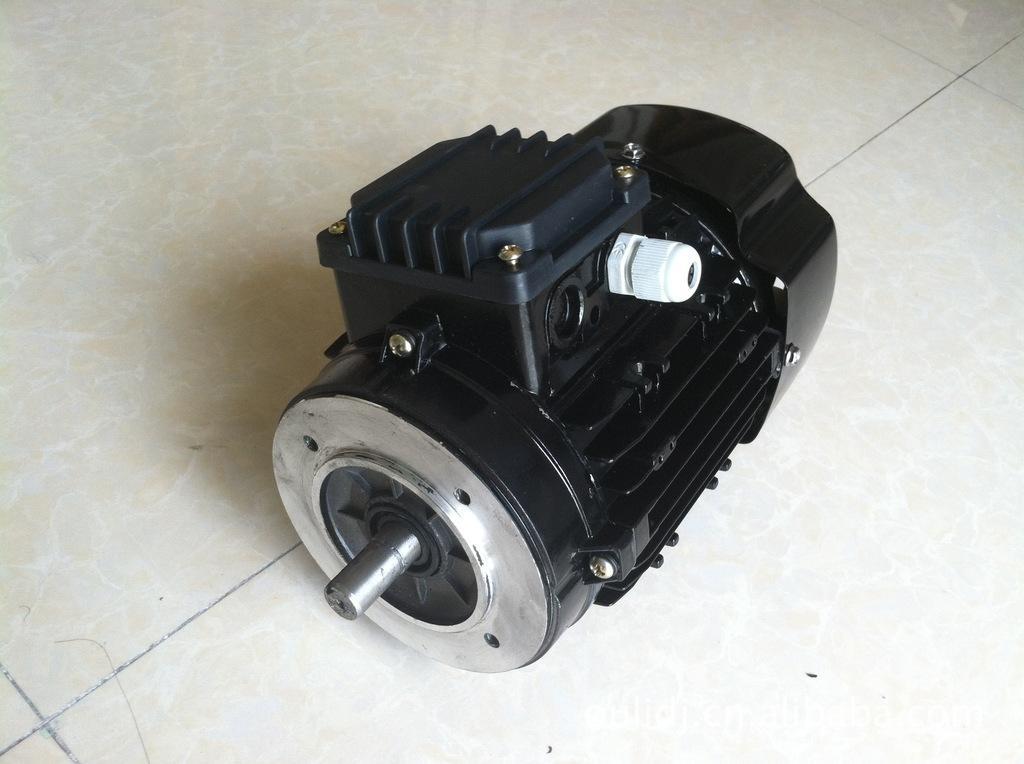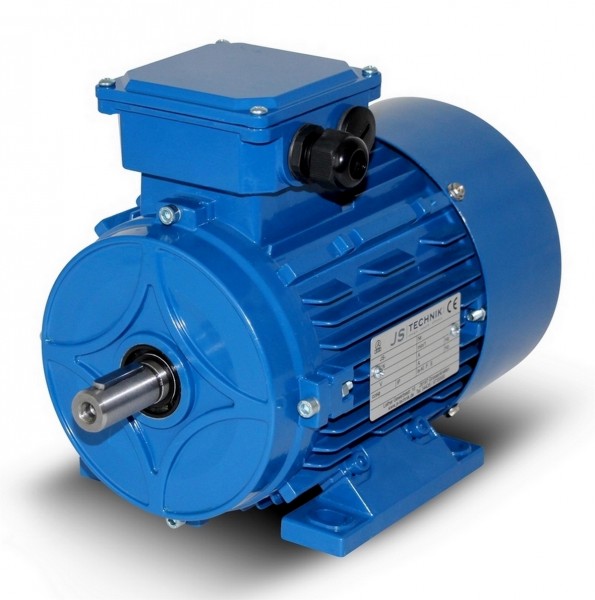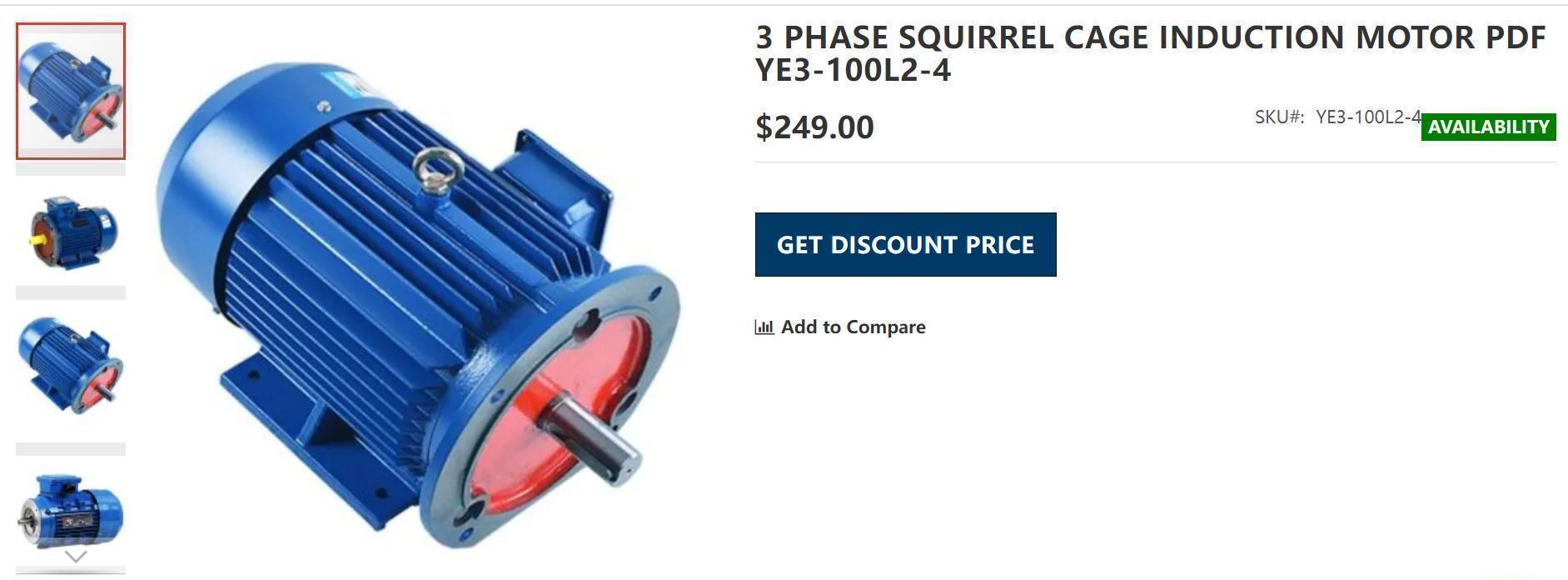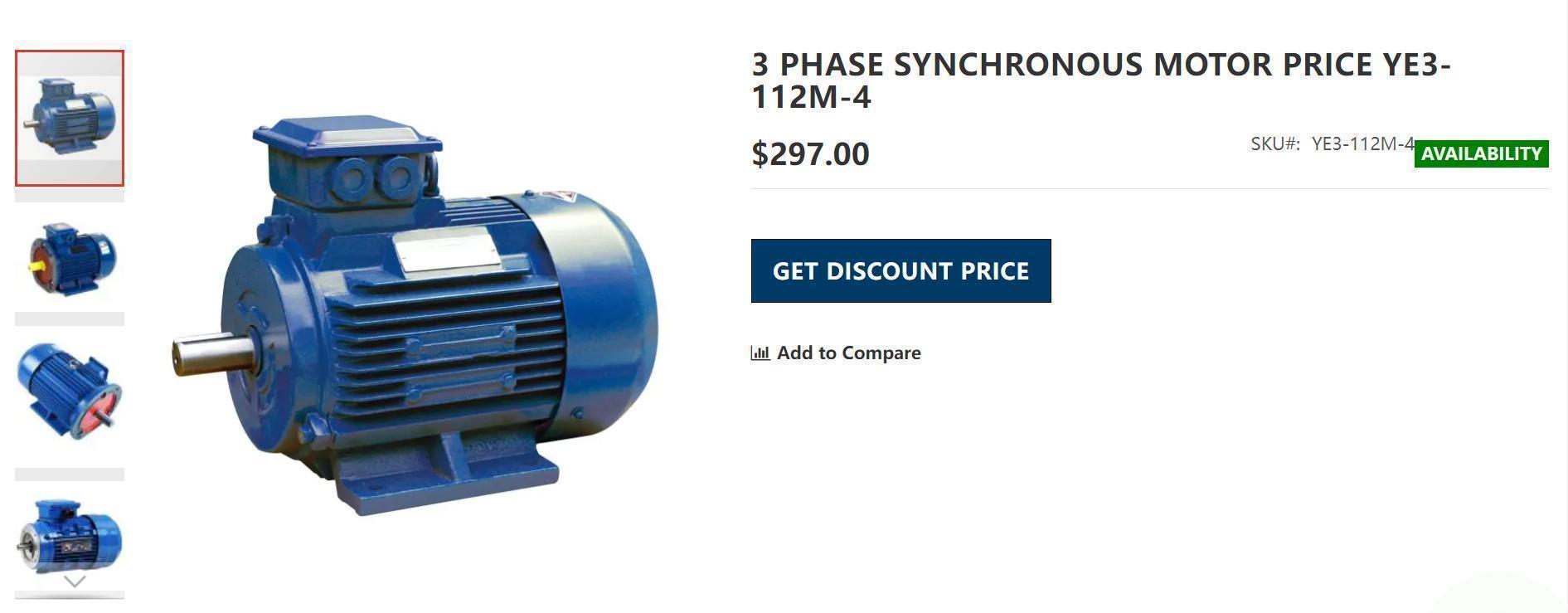Gear refers to a mechanical element with gears on the rim that continuously meshes to transmit movement and power. The application of gears in transmission appeared very early. At the end of the 19th century, the principle of the generative gear cutting method and the special machine tools and tools that used this principle to cut gear appeared one after another. With the development of production, the smoothness of gear operation was paid attention to.
Tooth (tooth)-each convex part of the gear used for meshing. Generally speaking, these raised parts are arranged radially. The teeth on the mating gears contact each other, resulting in continuous meshing operation of the gears.
Cogging-the space between two adjacent teeth on a gear.
End surface-the plane perpendicular to the axis of the gear or worm on the cylindrical gear or cylindrical worm.
Normal surface ─ ─ On a gear, the normal surface refers to the plane perpendicular to the tooth line of the gear.
Addendum circle-the circle where the tip of the tooth is located.
Tooth root circle-the circle where the groove bottom is located.
Base circle ─ ─ A circle on which the involute generating line makes pure rolling.
Index circle ─ ─ The reference circle for calculating the geometric dimensions of the gear in the end face. For spur gears, the module and pressure angle on the index circle are both standard values.
Tooth surface-the side surface of the tooth between the cylindrical surface of the tooth tip and the cylindrical surface of the root.
Tooth profile ─ ─ The cut line of the tooth surface by a specified curved surface (a plane for cylindrical gears).
Tooth line-the intersection line of the tooth surface and the indexing cylindrical surface.
End tooth pitch pt──the length of the indexing arc between the tooth profiles on the same side of two adjacent teeth.
Modulus m──The quotient obtained by dividing the tooth pitch by the pi, in millimeters.
Diameter P──The reciprocal of the modulus, measured in inches.
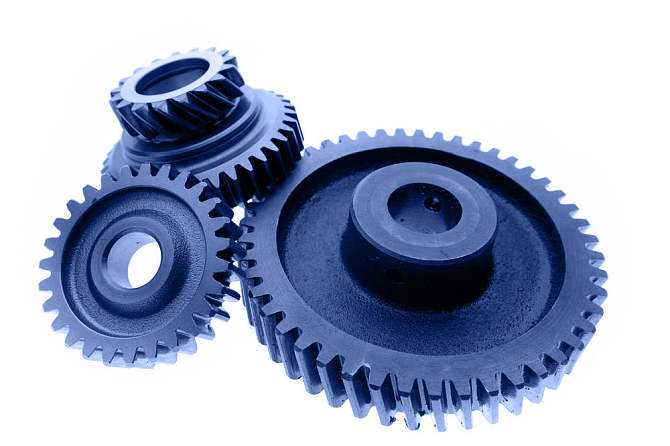
Tooth thickness s──the length of the indexing arc between the tooth profiles on both sides of a tooth on the end face.
Groove width e──the length of the indexing arc between the tooth profiles on both sides of a tooth groove on the end face.
Addendum height hɑ──The radial distance between the addendum circle and the index circle.
Tooth root height hf──The radial distance between the index circle and the tooth root circle.
Total tooth height h──The radial distance between the addendum circle and the root circle.
Tooth width b──The size of the tooth along the axial direction.
End face pressure angle ɑt── The acute angle between the radial line passing the intersection of the end face tooth profile and the index circle and the tangent line of the tooth profile passing this point.
Standard Rack: Only the dimensions of the base circle, tooth profile, full tooth height, crown height, and tooth thickness are all racks that conform to the standard spur gear specifications, and are cut out according to the standard gear specifications It is called the reference rack.
Standard Pitch Circle: It is used to determine the reference circle of each part of the gear. It is the number of teeth x modulus
Standard Pitch Line: A specific pitch line on the rack or the tooth thickness measured along this line, which is one-half of the pitch.
Action Pitch Circle: When a pair of spur gears bite together, each has a tangent to make a rolling circle.
Standard Pitch: The selected standard pitch is used as the reference, which is equal to the reference rack pitch.
Pitch Circle: The trajectory left on each gear at the occlusal contact point of the two gears is called the pitch circle.
Pitch Diameter: The diameter of the pitch circle.
Effective tooth height (Working Depth): the crown height of a pair of spur gears. Also known as the working tooth height.
Addendum: The difference between the addendum circle and the pitch circle radius.
Backlash: The gap between the tooth surface and the tooth surface when the two teeth are engaged.
Clearance: When two teeth are engaged, the gap between the tip circle of one gear and the bottom of the other gear.
Pitch Point: The tangent point between a pair of gears and the pitch circle.
Pitch: The arc distance of the corresponding points between two adjacent teeth.
Normal Pitch: The pitch of the involute gear measured along the same vertical line of a specific section.
Transmission ratio (): The ratio of the speed of the meshing two gears. The speed of the gear is inversely proportional to the number of teeth. Generally, n1 and n2 represent the speed of the two meshing teeth.
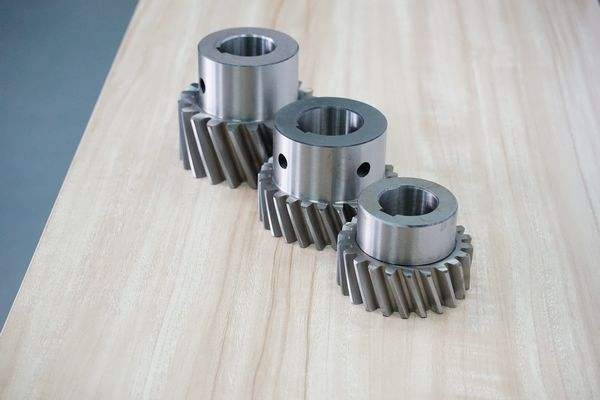
Classification:
Gears can be classified according to tooth shape, gear shape, tooth line shape, surface on which the gear teeth are located, and manufacturing method.
The tooth profile of the gear includes tooth profile curve, pressure angle, tooth height and displacement. Involute gears are easier to manufacture, so in modern gears, involute gears account for an absolute majority, while cycloid gears and arc gears are less used.
In terms of pressure angle, gears with small pressure angles have a smaller load-bearing capacity; gears with large pressure angles have higher load-bearing capacity, but the load on the bearing increases under the same transmission torque, so it is only used in special cases. The tooth height of the gear has been standardized, and the standard tooth height is generally adopted. There are many advantages of displacement gears, which have been widely used in various mechanical equipment.
In addition, gears can also be divided into cylindrical gears, bevel gears, non-circular gears, racks, and worm gears according to their shape; according to the shape of the tooth line, they can be divided into spur gears, helical gears, herringbone gears, and curved gears; according to the gear teeth The surface is divided into external gears and internal gears; according to the manufacturing method, it can be divided into cast gears, cut gears, rolled gears, and sintered gears.
The manufacturing material and heat treatment process of the gear have a great influence on the load-bearing capacity and size and weight of the gear. Before the 1950s, carbon steel was mostly used for gears, alloy steel was used in the 1960s, and case hardened steel was used in the 1970s. According to hardness, tooth surface can be divided into two types: soft tooth surface and hard tooth surface.
Gears with soft tooth surfaces have low load-bearing capacity, but are easier to manufacture and have good running-in performance. They are mostly used in general machinery with no strict restrictions on transmission size and weight and small-scale production. Because the small wheel has a heavier burden among the matched gears, in order to make the working life of the large and small gears roughly equal, the hardness of the tooth surface of the small wheel is generally higher than that of the large wheel.
Hardened gears have a high load-bearing capacity. After the gears are cut, they are then quenched, surface quenched or carburized and quenched to increase the hardness. But in the heat treatment, the gear will inevitably be deformed, so after the heat treatment, grinding, grinding or fine cutting must be carried out to eliminate the error caused by the deformation and improve the accuracy of the gear.
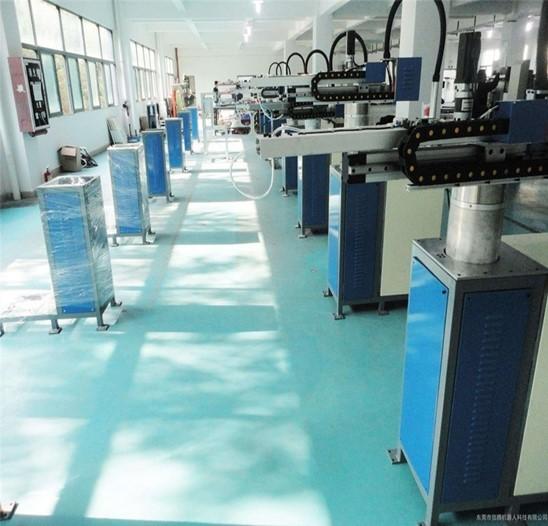
Types of:
According to the transmission score:
Fixed transmission ratio-circular gear mechanism (cylindrical, cone)
Variable transmission ratio-non-circular gear mechanism (elliptical gear)
According to the relative position of the axle
Plane gear mechanism, spur gear transmission, external gear transmission, internal gear transmission, rack and pinion transmission, helical cylindrical gear transmission, herringbone gear transmission, space gear mechanism, bevel gear transmission, cross-axis helical gear transmission, Worm gear drive
By process
Bevel gears, semi-finished gears, helical gears, internal gears, spur gears, worm gears
Application
Plastic gear
With the development of science, gears have slowly changed from metal gears to plastic gears. Because plastic gears have more lubricity and wear resistance. Can reduce noise, reduce costs, and reduce friction.
Commonly used plastic gear materials are: PVC, POM, PTFE, PA, nylon, PEEK, etc.
Car gear
There are many steel grades for gears of medium and heavy trucks in my country, mainly to meet the requirements of introducing advanced foreign automobile technology at that time. In the 1950s, my country introduced the production technology of Soviet medium-duty trucks (ie the original "Jiefang" brand models) from the former Soviet Union Rikhachev Automobile Factory at that time, and at the same time introduced the 20CrMnTi steel grade for automobile gears produced in the former Soviet Union.
Shaped gear
After the reform and opening up, with the rapid development of my country’s economic construction, in order to meet the needs of the rapid development of my country’s transportation, starting from the 1980s, my country has introduced various advanced models from industrialized developed countries in a planned way, and various advanced foreign medium and heavy trucks. Freight cars are also being introduced continuously. At the same time, my country's major automobile factories cooperate with famous foreign automobile companies to introduce advanced foreign automobile production technology, including automobile gear production technology. At the same time, the level of my country's steel smelting technology is constantly improving. The use of advanced smelting technologies such as ladle secondary smelting and composition fine-tuning, continuous casting and rolling, enables steel plants to produce gears with high purity and narrowed hardenability bands. The use of steel has realized the localization of imported automobile gear steel, which has brought my country's gear steel production to a new level. The nickel-containing high-hardenability steel for domestic heavy-duty automobile gears suitable for my country's national conditions has also been applied and achieved good results. The heat treatment technology of automobile gears has also developed from the use of well-type gas carburizing protection in the 50-60s to the current universal use of computer-controlled continuous gas carburizing automatic lines and box-type multi-purpose furnaces and automatic production lines (including low pressure (vacuum) carburizing) Technology), gear carburizing and pre-oxidation treatment technology, gear quenching controlled cooling technology (due to the use of special quenching oil and quenching cooling technology), gear forging blank isothermal normalizing technology, etc. The adoption of these technologies not only enables effective control of gear carburizing and quenching distortion, improved gear processing accuracy and extended service life, but also meets the mass production needs of modern heat treatment of gears.
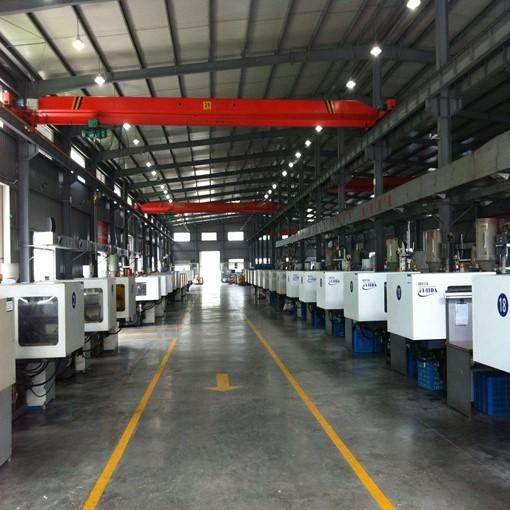
Lubrication characteristics:
The movement of a pair of reducer gears is completed by a pair of tooth surface meshing movement. The relative movement of a pair of smooth tooth surfaces also includes rolling and sliding. For the gear that transmits power, the force and force of the gear should be studied. Deformation. Need to apply the knowledge of mechanics. There is lubricating oil between the two tooth surfaces of the gear, and the knowledge of fluid mechanics is involved. If the surface film formed by the interaction between the lubricant and the gear surface is studied, knowledge of physics and chemistry is required. Therefore, under the condition of lubricant, the existence of lubricant must be considered in order to truly and comprehensively reflect the kinematics and dynamics of gear transmission. The gear design of Jiren Lubricant is a more comprehensive and perfect gear design.
Divided according to the type of power supply: it can be divided into DC motors and AC motors.
1) DC motors can be divided according to structure and working principle: brushless DC motors and brushed DC motors.
Brushed DC motors can be divided into: permanent magnet DC motors and electromagnetic DC motors.
Electromagnetic DC motors are divided into: series-excited DC motors, shunt-excited DC motors, separately-excited DC motors and compound-excited DC motors.
Permanent magnet DC motors are divided into: rare earth permanent magnet DC motors, ferrite permanent magnet DC motors and alnico permanent magnet DC motors.
